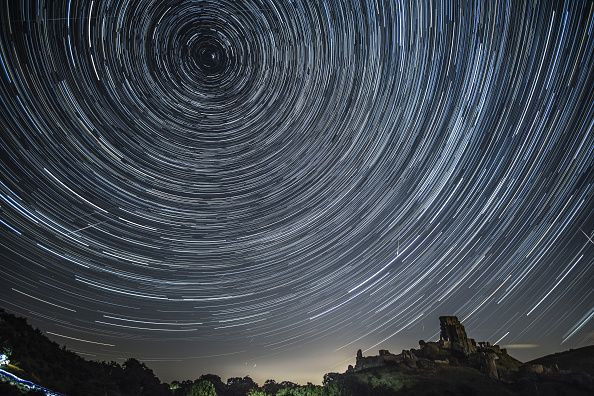Perseid Meteor Shower 2019 Peak Tonight: When And Where To Watch

The Perseids meteor shower is expected to peak within the next couple of days. During the peak, sky gazers can expect to see about 10 to 15 meteors per hour.
Originating from the constellation Perseus, the Perseids meteor shower will appear in the northeastern sky. It will become most prominent during its peak on Aug. 12 to 13.
According to astronomy blogger Dave Samuhel, the best time to view the meteor shower would be the nights prior to its peak at around midnight.
“People should consider viewing meteors during the nights leading up to the peak,” he said according to AccuWeather. “There will be plenty of meteors, and you will not have to battle as much moonlight.”
“The Perseids are most active after midnight through daybreak,” Samuhel added. “However, there are so many meteors during this shower, don’t hesitate to view during the evening.”
The Perseids meteor shower is expected to bring around 100 meteors per hour. Unfortunately, due to various weather conditions, only about 10 to 15 meteors per hour will be visible during the shower’s peak.
Aside from the unfavorable weather, the Moon will be close to full during the peak of the shower. This means the Moon’s brightness will affect the visibility of the Perseids.
“Unfortunately, the Moon will be very close to full on the night of the peak, which will wash out the fainter Perseids,” meteor expert Bill Cooke of NASA told Space.com. “The Perseids are rich in fireballs, so you’ll still see Perseids; you just won’t see the show you’ve seen on nights when the Moon has not been around.”
“It won’t be a total wash-out, because the Perseids are rich in bright meteors, but the moonlight is going to spoil most of the show,” he added.
In order to make the most out of the meteor shower despite the bright Moon, it would be best to view it from a very dark location with an unobstructed view of the sky. According to experts, the number of meteors will increase at around 10 pm during the shower’s peak. This will continue until the early hours of the morning.
© Copyright IBTimes 2024. All rights reserved.





















